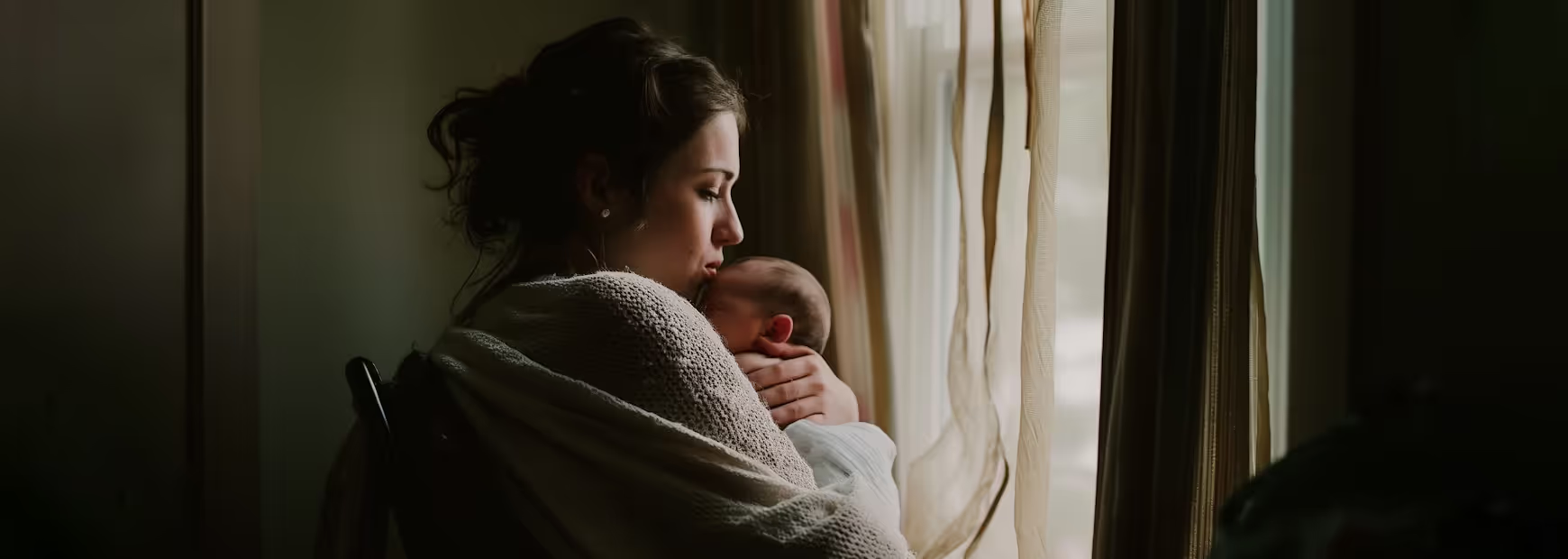
Portrait photography is often described as the art of capturing a person’s essence, personality, and emotion through a single frame. Unlike candid or event photography, portraits require a deeper connection between the subject and the photographer. A well-crafted portrait not only highlights physical features but also tells a story about who the subject is.
In this blog, we’ll explore the techniques, mindset, and artistry behind portrait photography, helping both aspiring photographers and enthusiasts understand how to create images that leave a lasting impression.
Building a Connection with the Subject
Great portraits start with trust. Engaging in conversation before and during the shoot allows the subject to relax and feel comfortable in front of the camera. Whether it’s a professional headshot or a creative portrait session, building rapport ensures the subject’s personality shines through.
Lighting Techniques for Portraits
Lighting is one of the most critical aspects of portrait photography. Natural light creates softness and warmth, perfect for outdoor portraits, while artificial lighting provides control and drama. Using techniques like Rembrandt lighting, butterfly lighting, or split lighting can transform a simple shot into a masterpiece.
Mastering Poses and Composition
Posing can feel intimidating for subjects, but with clear direction, photographers can guide them to look natural and confident. Composition techniques such as the rule of thirds, leading lines, and framing help create balanced and visually engaging portraits. Subtle changes in posture, hand placement, or gaze direction can dramatically alter the mood of an image.
Adding Creativity and Storytelling
Portraits don’t always have to be formal. Creative props, unique backgrounds, and styling choices can add narrative layers to a photograph. A musician with their instrument, a chef in their kitchen, or a traveler surrounded by maps—these elements tell stories beyond a face, making the portrait meaningful and memorable.
Post-Processing for Impact
Editing is the finishing touch that enhances a portrait’s appeal. From adjusting skin tones to enhancing eyes and refining contrast, subtle retouching ensures the final image feels polished yet authentic. Color grading can also set the tone—warm hues for inviting vibes or cooler tones for dramatic impact.
Key Tips for Photographers
- Always prioritize making your subject comfortable.
- Experiment with natural and artificial light setups.
- Use composition and angles to add depth.
- Don’t over-edit; keep authenticity intact.
- Incorporate storytelling elements for uniqueness.
Closing Thoughts
Portrait photography is much more than technical mastery—it’s about human connection. At Snapora, we believe every portrait is an opportunity to celebrate individuality and capture the unique story of a person. Whether it’s a professional profile, a family memory, or an artistic expression, portraits should leave viewers with a sense of connection to the subject.
writer name:
- Arjun Patel
Reading Time:
- 8minutes
Publish date:
- September 23, 2025




